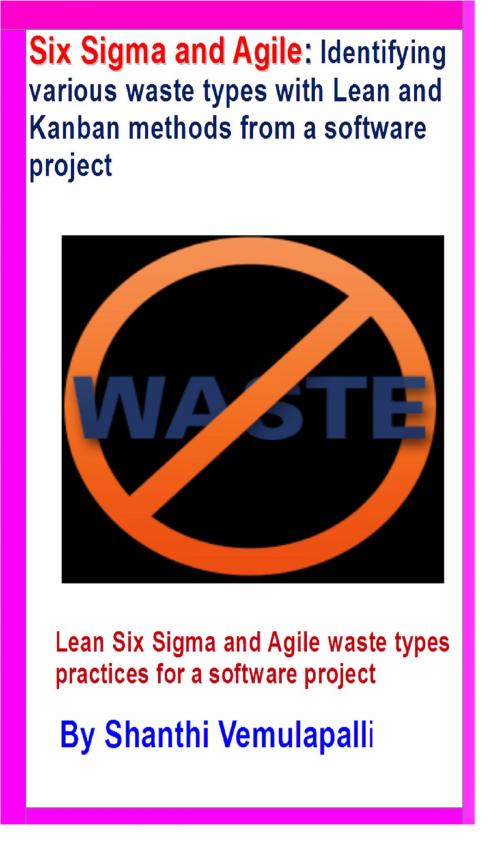Six Sigma and Agile: Identifying various waste types with Lean and Kanban methods from a software project
Nonfiction, Science & Nature, Technology, Quality Control, Computers, Programming, Systems Analysis| Author: | Shanthi Vemulapalli | ISBN: | 9781310904073 |
| Publisher: | Shanthi Vemulapalli | Publication: | August 20, 2015 |
| Imprint: | Smashwords Edition | Language: | English |
| Author: | Shanthi Vemulapalli |
| ISBN: | 9781310904073 |
| Publisher: | Shanthi Vemulapalli |
| Publication: | August 20, 2015 |
| Imprint: | Smashwords Edition |
| Language: | English |
An updated version as on 5th September 2015, by including Agile Kanban techniques also along with PM areas.
In most of the projects either software or non-software lot of waste tasks at high level or low level can be identified. The resources usage on these waste types can be identified. The activities can be delayed in most of the times due to these unwanted waste types have been attended by resources. In such case how the management and operational staff need to control them? And what kind of education or training is required for them? The Lean Six Sigma practices of Waste types identification helps a lot to these questions. If one learns these practices they help them in everybody’s daily tasks or activities.
It is not only the Quality assurance teams learn these, to have quality control from the production team, if the production or project teams also learn and apply those practices lot of project teams efforts can be saved.
Apart from considering the LSS lean for identifying waste type, the Agile Kanban also has been discussed in depth with the realistic issues of projects by mapping to the Kanban waste items.
This E-Book was written with some of the software project examples from technical and non-technical perspective by using Lean and Kanban waste types. Once the reader being IT professional or non-IT professional can learn to apply in their personal life also. Non Six Sigma or non-Agile practice professional also can use these methods to reduce the efforts and increase the project performance.
An updated version as on 5th September 2015, by including Agile Kanban techniques also along with PM areas.
In most of the projects either software or non-software lot of waste tasks at high level or low level can be identified. The resources usage on these waste types can be identified. The activities can be delayed in most of the times due to these unwanted waste types have been attended by resources. In such case how the management and operational staff need to control them? And what kind of education or training is required for them? The Lean Six Sigma practices of Waste types identification helps a lot to these questions. If one learns these practices they help them in everybody’s daily tasks or activities.
It is not only the Quality assurance teams learn these, to have quality control from the production team, if the production or project teams also learn and apply those practices lot of project teams efforts can be saved.
Apart from considering the LSS lean for identifying waste type, the Agile Kanban also has been discussed in depth with the realistic issues of projects by mapping to the Kanban waste items.
This E-Book was written with some of the software project examples from technical and non-technical perspective by using Lean and Kanban waste types. Once the reader being IT professional or non-IT professional can learn to apply in their personal life also. Non Six Sigma or non-Agile practice professional also can use these methods to reduce the efforts and increase the project performance.















